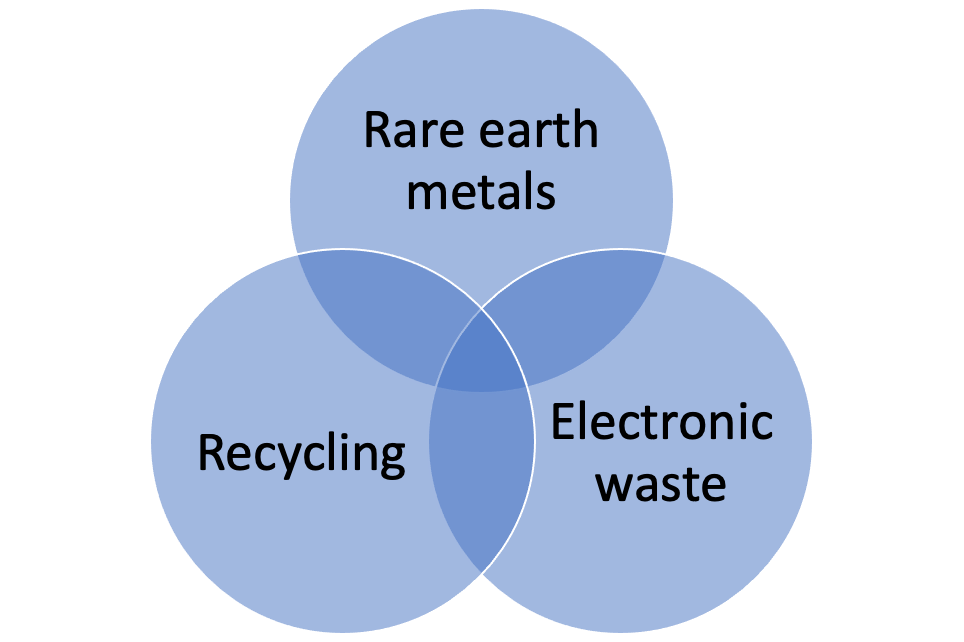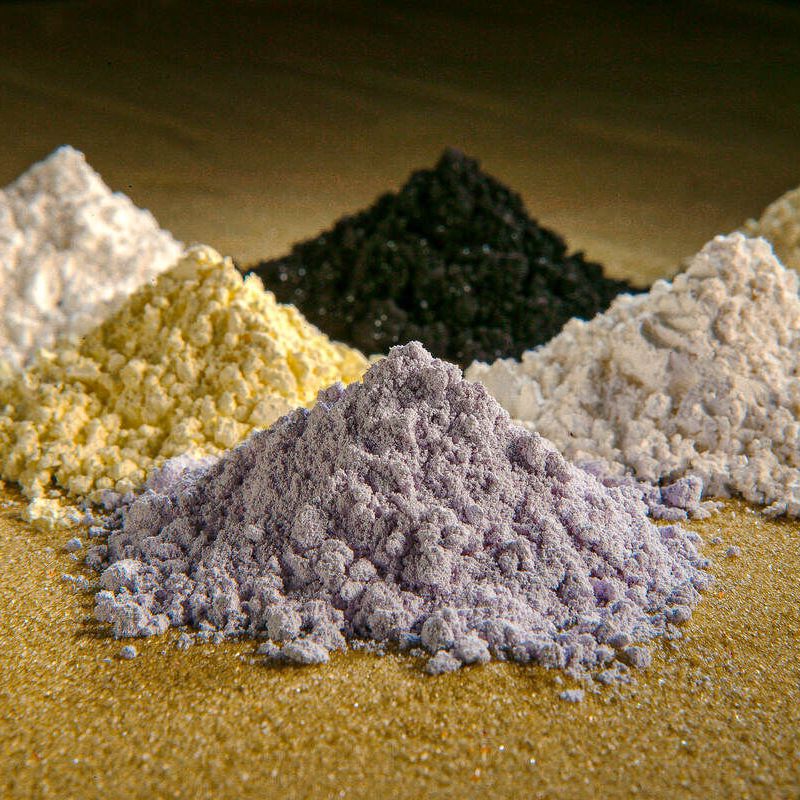Rare Earth Elements (e.g., Neodymium, Dysprosium)
Rare earth elements (REEs) are a group of 17 metallic elements, including the 15 lanthanides plus scandium and yttrium. These elements are critical in modern technology due to their unique chemical and physical properties. Among the most notable REEs are neodymium and dysprosium, which are essential for high-performance magnets, electronics, and clean energy solutions.
Understanding Rare Earth Elements
REEs are often classified into two categories:
Light Rare Earth Elements (LREEs): Includes lanthanum, cerium, praseodymium, and neodymium.
Heavy Rare Earth Elements (HREEs): Includes dysprosium, terbium, and ytterbium, which are scarcer and have specialized applications.
Despite their name, REEs are not truly rare but are dispersed throughout the Earth’s crust, making extraction and processing challenging.
Neodymium and Dysprosium: Essential REEs
Neodymium (Nd)
Neodymium is a silvery-white metal that is highly reactive and oxidizes quickly. It is a key component of neodymium-iron-boron (NdFeB) magnets, which are the strongest permanent magnets available. These magnets are used in:
Wind turbines
Electric vehicle motors
Hard disk drives
Audio equipment (speakers, headphones)

Dysprosium (Dy)
Dysprosium is a heavy rare earth metal that enhances the heat resistance and durability of magnets. It is often added to neodymium magnets to improve their performance at high temperatures. Key applications include:
Electric vehicle motors
Military technologies (lasers, guidance systems)
Nuclear reactors
High-temperature sensors
Extraction and Processing of Rare Earth Elements
Mining and refining REEs are complex due to their dispersion and association with radioactive elements like thorium. The primary sources of REEs include:
Bastnäsite deposits (found in China and the United States)
Monazite sands (found in India, Australia, and Brazil)
Ion-adsorption clays (found in southern China and Myanmar)
The refining process involves several steps:
Mining: Extraction from ore deposits.
Crushing and Grinding: Reducing the ore to a fine powder.
Chemical Separation: Using solvent extraction or ion exchange to isolate individual REEs.
Purification and Alloying: Producing high-purity metals and compounds for industrial use.
Global Supply Chain and Challenges
China dominates the global REE market, producing over 60% of the world’s supply and refining around 85% of all REEs. This concentration raises concerns over supply chain security, prompting other countries to develop their own REE sources.
Challenges in REE production include:
Environmental Impact: Mining and processing generate toxic waste and radioactive byproducts.
Geopolitical Risks: Trade restrictions and export controls can disrupt global supply chains.
High Extraction Costs: The complex separation process increases production expenses.
Future Trends and Innovations
Efforts to secure REE supply and reduce environmental impact are driving new research and technological advancements:
Recycling REEs from electronic waste and industrial scrap.
Developing alternative materials to reduce dependence on critical REEs.
Exploring new mining sites in countries like the U.S., Australia, and Canada.
Advancing separation technologies to improve efficiency and reduce waste.
Conclusion
Rare earth elements, particularly neodymium and dysprosium, are indispensable to modern technology and clean energy solutions. While their extraction and processing pose environmental and geopolitical challenges, innovations in recycling and alternative materials are paving the way for a more sustainable and diversified supply chain. As demand for high-performance magnets and green technologies grows, securing a stable REE supply will remain a global priority.






